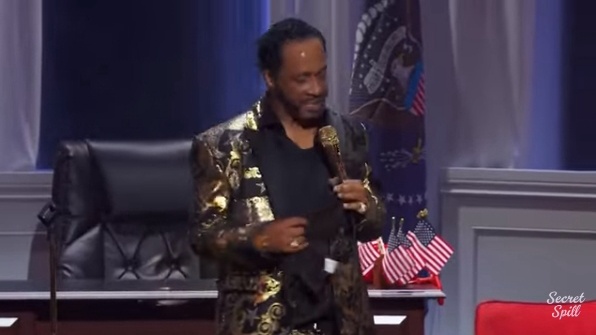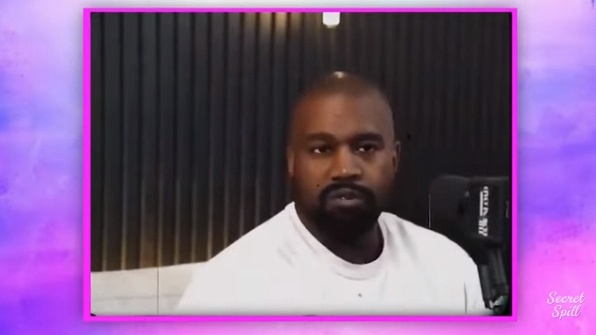
Katt Williams, the outspoken and charismatic comedian, has once again stirred the pot with his latest revelation. This time, he has turned his sharp gaze toward the hip-hop world, shedding light on the rumored feud between two of the industry’s biggest stars, Drake and Kendrick Lamar. In a recent interview, Williams delved into the details, providing his unique perspective on what he believes sparked the tension between the two rappers.
According to Williams, the real reason behind the beef between Drake and Kendrick Lamar goes beyond mere competition or personal dislike. He suggests that the root of their conflict lies in deeper industry politics and the influence of record labels and corporate interests. Williams argues that both artists, known for their distinct styles and massive fanbases, were being pitted against each other by external forces looking to capitalize on their rivalry.

Williams elaborated that these entities thrive on creating and maintaining conflict, as it generates buzz and, ultimately, sales. By fostering a competitive atmosphere between two of the biggest names in hip-hop, record labels and media outlets can drive engagement and profit from the resulting drama. In this light, Williams views the beef not as a genuine personal vendetta but as a manufactured feud designed to benefit those in power within the music industry.
Furthermore, Williams pointed out the contrasting artistic approaches of Drake and Kendrick as another layer to the conflict. Drake, known for his versatile style and mainstream appeal, often blends rap with R&B and pop elements, making him a commercial juggernaut. On the other hand, Kendrick Lamar’s music is deeply rooted in social commentary and lyrical complexity, earning him critical acclaim and a reputation as a torchbearer for conscious rap. Williams suggests that these differing artistic directions were exploited to create a narrative of rivalry, further fueling the perceived animosity between the two.

In his characteristic style, Williams didn’t shy away from criticizing the industry’s manipulative tactics, calling for a more genuine appreciation of artists’ work without the need for contrived conflicts. He emphasized the importance of recognizing and respecting the unique contributions of both Drake and Kendrick Lamar to the hip-hop genre.
This revelation by Katt Williams adds a new dimension to the understanding of the Drake-Kendrick beef. It highlights the often-overlooked role of external influences in shaping public perceptions and artist relationships. As fans and observers digest Williams’ insights, it may prompt a reevaluation of how industry dynamics impact the narratives surrounding their favorite artists.
In conclusion, Katt Williams’ exposure of the underlying reasons for the Drake and Kendrick Lamar feud underscores the complex interplay of industry politics, media influence, and artistic expression. His candid commentary serves as a reminder of the often unseen forces at work behind the scenes in the music industry, encouraging a more nuanced view of celebrity conflicts.